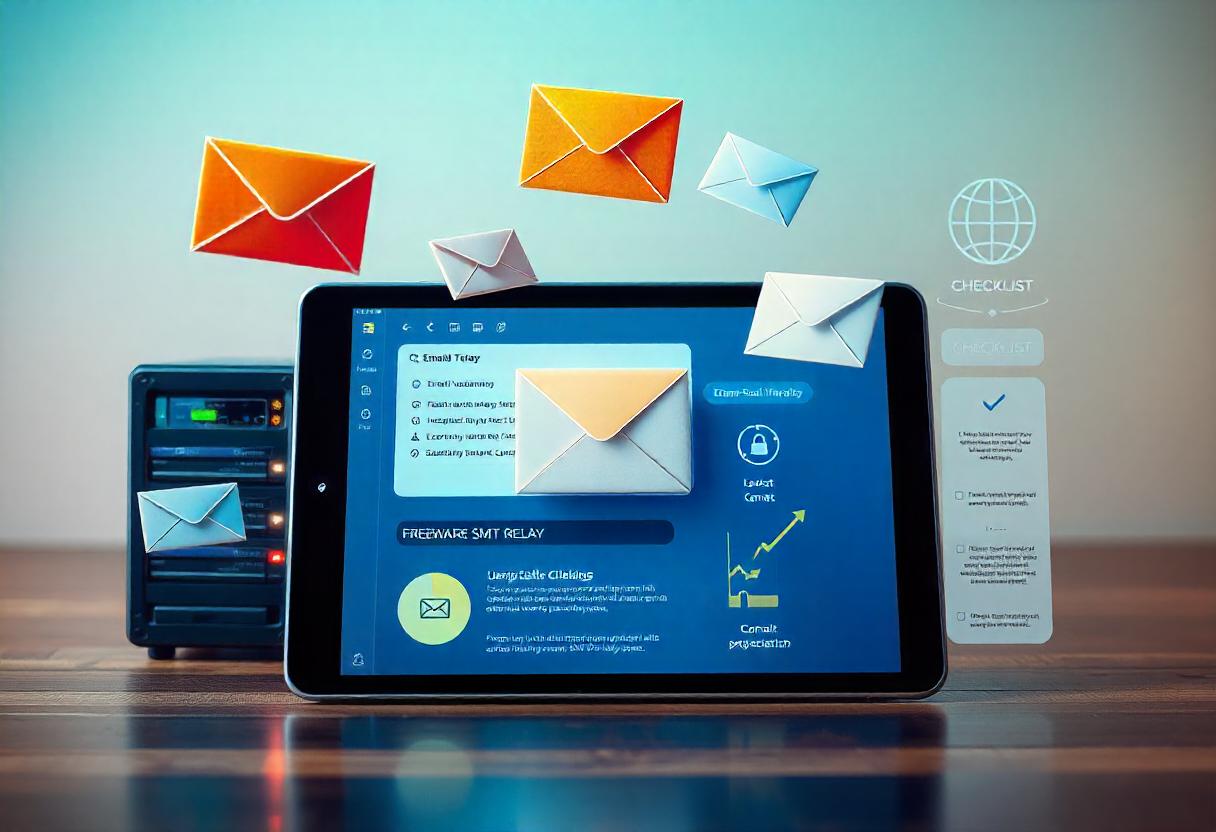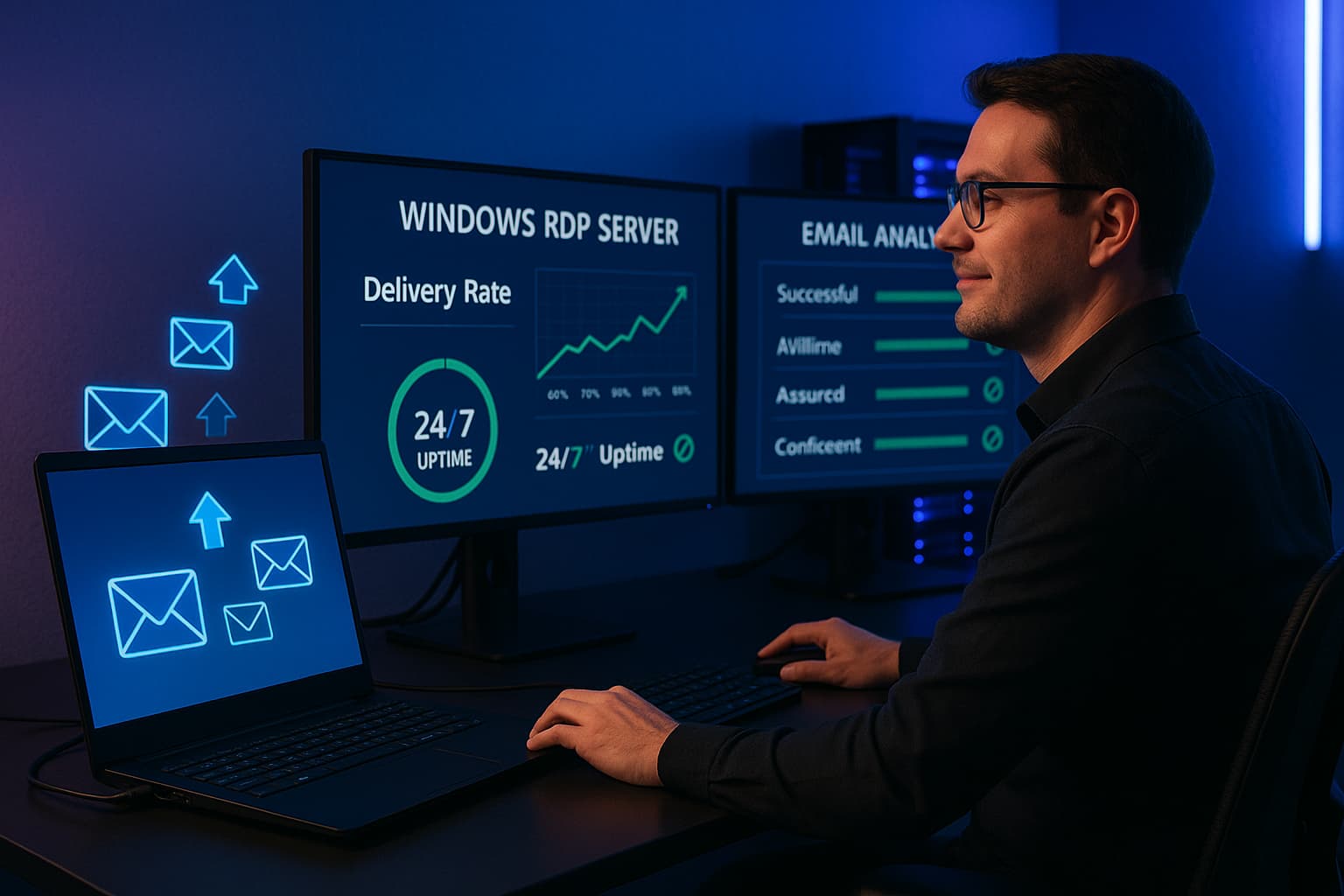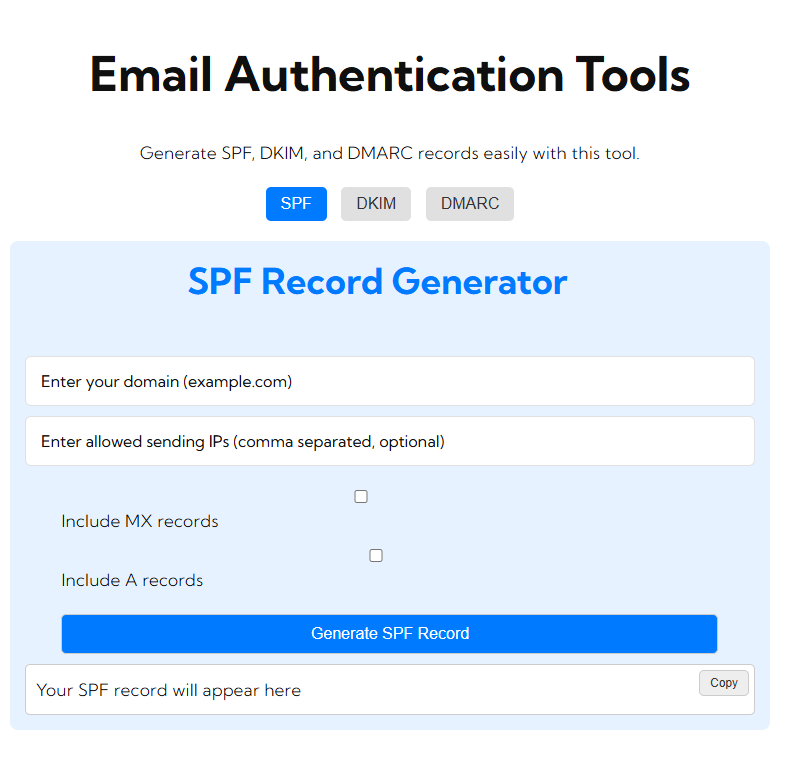Email communication is one of the essentials of a business, and you can enhance your delivery capabilities by using an SMTP relay. You will be able to send emails freely without having to pay for some expensive email service provider when you use a freeware SMTP relay. This is a how-to guide explaining what an SMTP relay is and how to set one up.
What Is an SMTP Relay?
An SMTP relay simply is a server that accepts to forward email messages between other servers. Every time you send an email, the SMTP relay acts as a go-between, ensuring that your messages get through to the destination. Using an SMTP relay will significantly improve deliverability rates for mass emails.
Benefits of Free SMTP Relays
Expense:
Free SMTP relays will save you money compared to using paid email services.
Easy to Use:
Most freeware SMTP relay services have user-friendly interfaces that can be very easily integrated with your email clients.
Improved Deliverability:
Such services tend to boast better deliverability rates because they utilize established IP addresses and configurations.
How to Configure a Freeware SMTP Relay
Step 1: Choose a Freeware SMTP Relay Service
There are numerous freeware SMTP relay services. Some of the popular ones are:
In this list, I included SendinBlue that offers free use up to 300 emails a day. Another option is the Gmail SMTP Server. If you already have a Gmail account, you could probably use it for sending free emails, but surely with some limits. Mailgun would offer free mail with up to 5,000 emails sent per month for the first three months.
SendGrid: Offers a free version that lets you send mail of up to 100 messages a day.
Step 2: Get an Account
If you choose to use an SMTP relay service, you’ll need to visit its website and obtain an account. Based on the type of service you have chosen, you’ll probably be prompted to enter some basic information, such as your name and email address.
Step 3: Verify Your Domain
Most SMTP relay services offer some form of domain verification to prevent spam. Most often, this will involve a TXT record in the settings on your DNS. Add that one according to the instructions given to you by the service.
Step 4: Configure SMTP Settings
Now that you’ve signed up and confirmed your domain, you’ll want to set up your email client or application to use the appropriate SMTP settings. Here’s the bare minimum of what you’ll need to know:
SMTP Server Address: Your SMTP relay service should provide this to you (most services use something similar to smtp.gmail.com for Gmail, etc.).
Port Number: This can vary, but you’ll find that most use either 587 with TLS or 465 using SSL.
Username: Ordinarily, this is your email address, though in some cases this will be a username tied to your SMTP account.
Password: The password of your email account, or SMTP relay account.
Step 5: Testing Your Configuration
After you have configured the SMTP account, compose a test e-mail to verify that everything has been configured correctly. Should the email be delivered properly, then the SMTP relay was successfully configured.
Step 6: Watching Your Sending Limits
SMTP relay freeware usually comes with some limitations on sending. Record how much you use and ensure that you stay below those limits. If your needs expand, you are usually able to upgrade to paid plans that have more features and bigger limits.
Best Practices to Use Freeware SMTP Relay
Authenticating Emails:
Make use of SPF, DKIM, and DMARC records in authenticating your emails for delivery improvement.
Keep Your List Clean:
Periodically clean your email list to eliminate an inactive or nonexistent address. Such will avoid bounce rates.
Track Deliverability Rates:
Monitor your open rates, bounce rates and email delivery rates to optimize your campaigns.
Frequently Asked Questions
Can a freeware SMTP relay be used to send bulk emails?
Yes, most freeware relay services allow sending of bulk mail; however, each service has its sending limit, so just make sure to refer to each service’s sending limit before sending large volumes.
Is there any risk associated with freeware relay services?
Generally, freeware relay services have some limitations concerning customer support, security, and deliverability. Just make sure you are selecting a good service that will minimize your risks.
Can I use my own domain with freeware SMTP relay?
Normally, any good freeware SMTP relay service allows you to do that. You will have to verify the ownership of your domain. You will do that by adding the requested DNS records, as mentioned in the service.
May I send transactional emails via freeware SMTP relay?
Yes, most freeware SMTP relay services allow transactional emails. So make sure that the chosen service also features transactional communications too.
Conclusion
A freeware SMTP relay can significantly help interaction via email without costing you much money. Through the procedures specified below, it takes just a few minutes to set up your free SMTP relay, send emails out efficiently, and monitor your sending limits in line with the best practices regarding email delivery.






